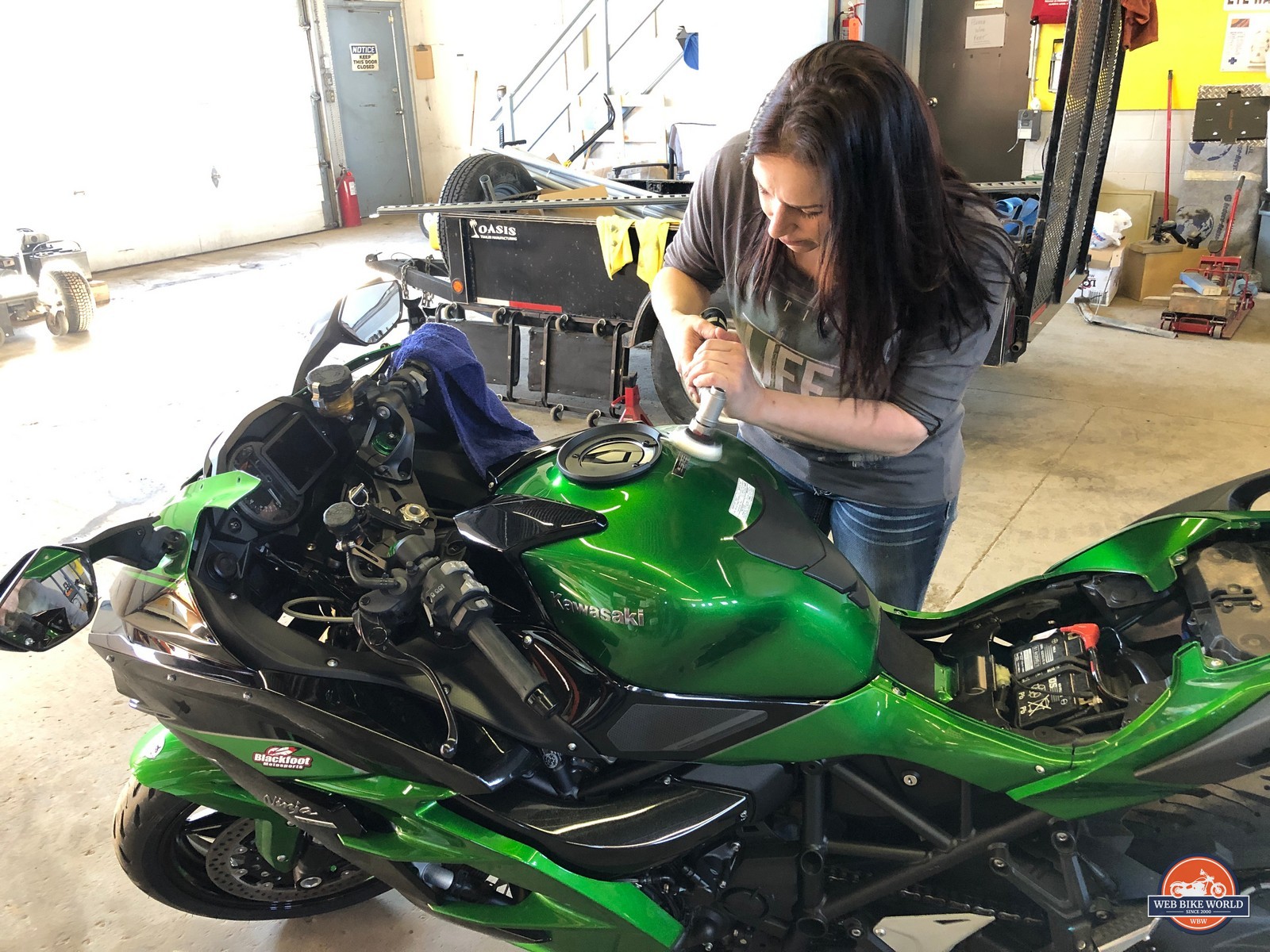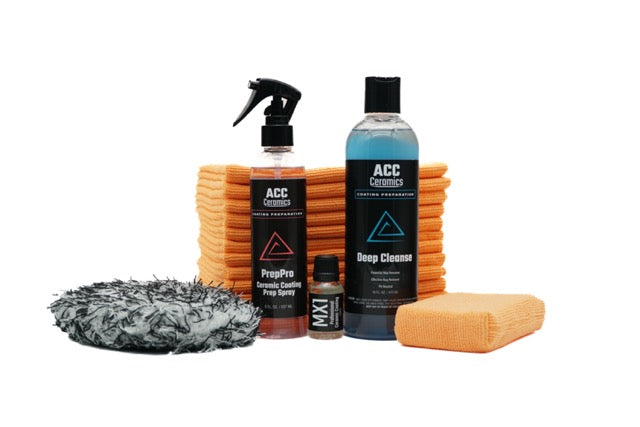Unleash the Potential of Your Bike With Ceramic Covering: a Comprehensive Step-By-Step Guide

Advantages of Ceramic Coating
Enhancing the longevity and look of your motorcycle, ceramic finishing supplies a protective layer that pushes back dust and contaminants, making maintenance much easier and extending the life expectancy of the vehicle. This cutting-edge finishing creates a semi-permanent bond with the surface of the motorcycle, developing a hydrophobic barrier that protects against water areas, oxidation, and UV damages. By minimizing the bond of dust and grime, ceramic covering not just maintains your motorcycle looking immaculate however likewise minimizes the requirement for frequent washes and describing.
Furthermore, the chemical resistance of ceramic covering guards the motorbike's paint from environmental pollutants and rough chemicals, such as bird droppings and tree sap, that can cause etching and discoloration. This protective layer also uses UV protection, avoiding the paint from fading or discolouring with time due to sun direct exposure. Eventually, purchasing ceramic covering for your motorbike not only enhances its visual appeal but also streamlines maintenance routines and protects its problem for several years to come.
Necessary Tools and Materials
What vital tools and products are needed for using ceramic coating to your bike? To effectively apply ceramic coating to your bike, you will certainly need a collection of important tools and materials.
Various other required tools include applicator pads or towels for spreading the ceramic layer, covering up tape to protect sensitive locations from unintended application, and handwear covers to keep your hands clean throughout the procedure. It is also recommended to have some isopropyl alcohol accessible for cleaning up the surface area of the motorbike before using the ceramic covering. Lastly, having a well-ventilated workspace or functioning outdoors is critical to ensure correct ventilation while applying the ceramic finishing to your motorbike.

Preparing Your Motorcycle Surface Area
Prior to applying ceramic layer to your motorbike, comprehensive surface preparation is vital to make sure optimal bond and longevity of the covering. Start by washing your motorbike with a pH-neutral shampoo to get rid of dust, grease, and contaminants. Use a microfiber cloth to dry the surface completely. Next off, check the paint for any type of imperfections such as scratches, swirl marks, or oxidation. Address these concerns by brightening or compounding the impacted areas.
After remedying any type of flaws, use an alcohol-based paint cleaner to additional clean the surface area and get rid of any staying residues. This action is vital as it ensures a clean canvas for the ceramic covering to bond properly. When the surface area is clean and smooth, use a paint preparation or surface preparation item to eliminate you could look here any continuing to be oils or residues that can impede the bonding procedure.
Using Ceramic Layer
Having meticulously prepared the surface of your motorcycle, the following critical step is the exact application of ceramic finish to make sure long lasting protection and a glossy finish. Shake the ceramic finish bottle well prior to use to ensure an uniform uniformity.
When used, permit the finish to cure for the recommended time as per the supplier's directions. For ideal outcomes, stay clear of exposing the bike to water or various other components for at least 24 hours to enable the ceramic finishing to totally heal and bond to the surface area.
Maintenance Tips for Durability

Inspecting your motorcycle frequently for any type of signs of damage to the ceramic layer, such as chips or scrapes, and resolving them immediately can assist keep the stability of the coating. Using a ceramic finish booster or spray sealant every few months can additionally help invigorate the coating and give additional defense against ecological components.
Lastly, saving your motorbike in a garage or covered area when not being used can shield it from extended exposure to sunlight, rain, and various other harmful factors that can use down the ceramic coating - motorcycle ceramic coating. By complying with these maintenance ideas, you can ensure that your motorcycle's ceramic covering stays durable and effective for a prolonged period
Conclusion
In conclusion, ceramic layer can considerably improve the appearance and defense of your bike. Proper preparation, application, link and maintenance are vital to making best use of the advantages of ceramic finish.
It is additionally suggested to have some isopropyl alcohol on hand for cleaning the surface of the motorcycle prior to using the ceramic coating. motorcycle ceramic coating. Having a well-ventilated work space or working outdoors is essential to make sure appropriate air flow while using the ceramic coating browse this site to your motorcycle
Prior to applying ceramic finishing to your bike, extensive surface area prep work is vital to make certain optimum bond and durability of the finish.Having actually thoroughly prepared the surface area of your motorbike, the next essential action is the precise application of ceramic covering to make sure long-term security and a shiny surface. For optimal results, prevent exposing the bike to water or other components for at least 24 hours to allow the ceramic finish to completely heal and bond to the surface area.